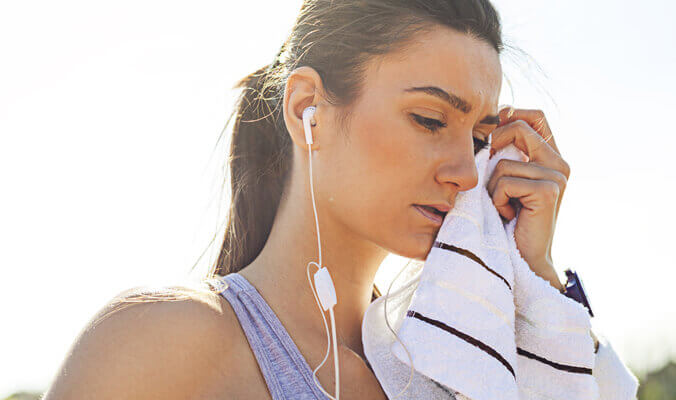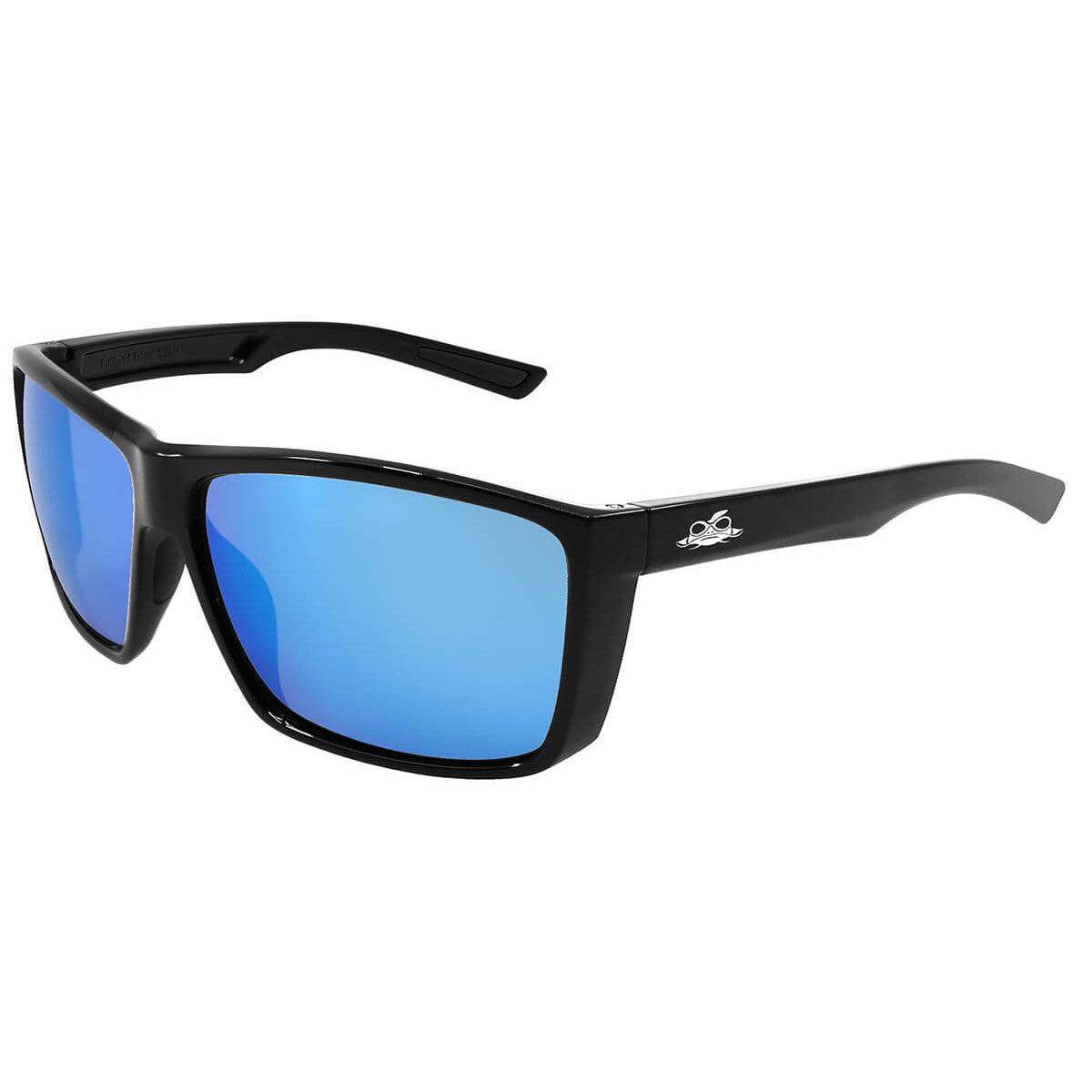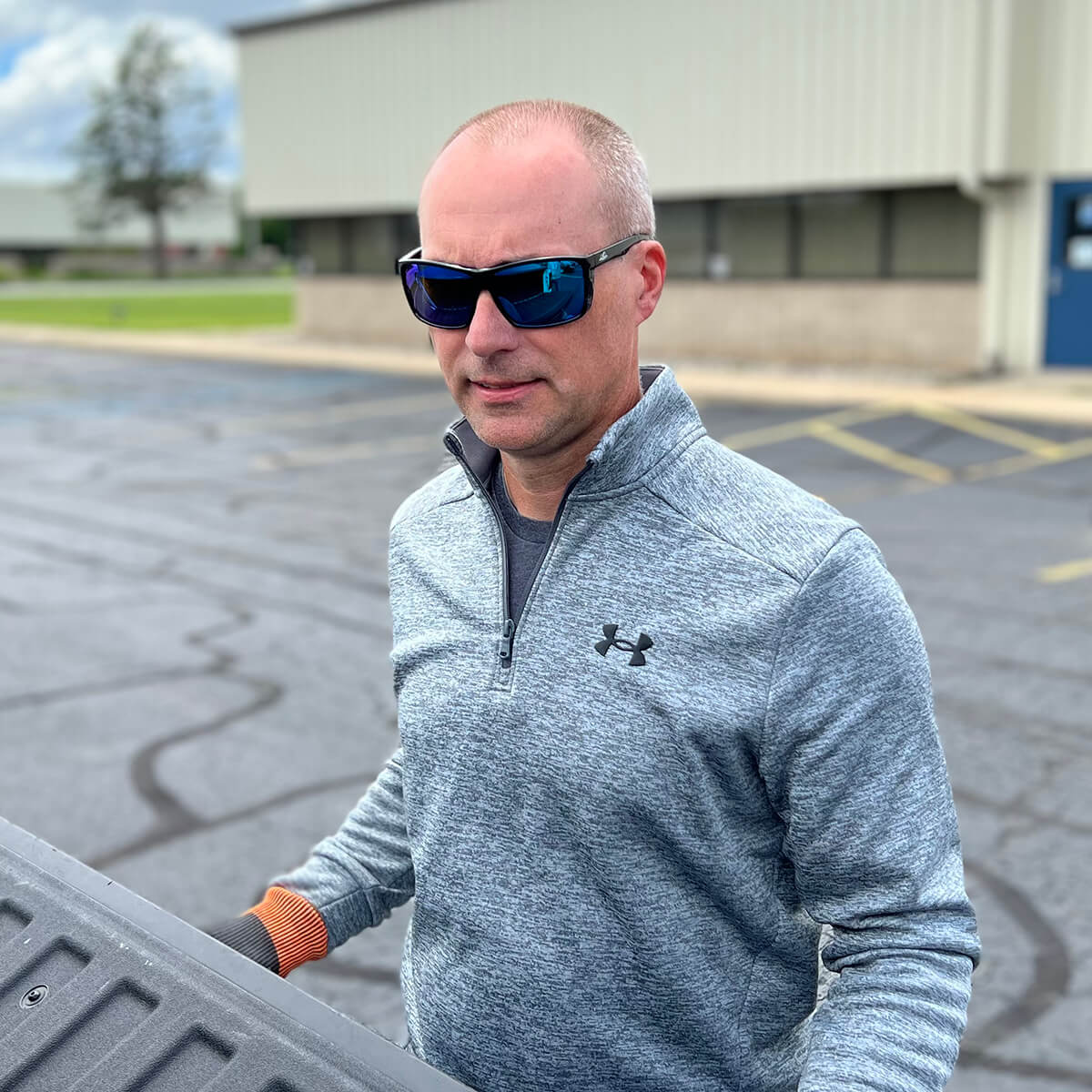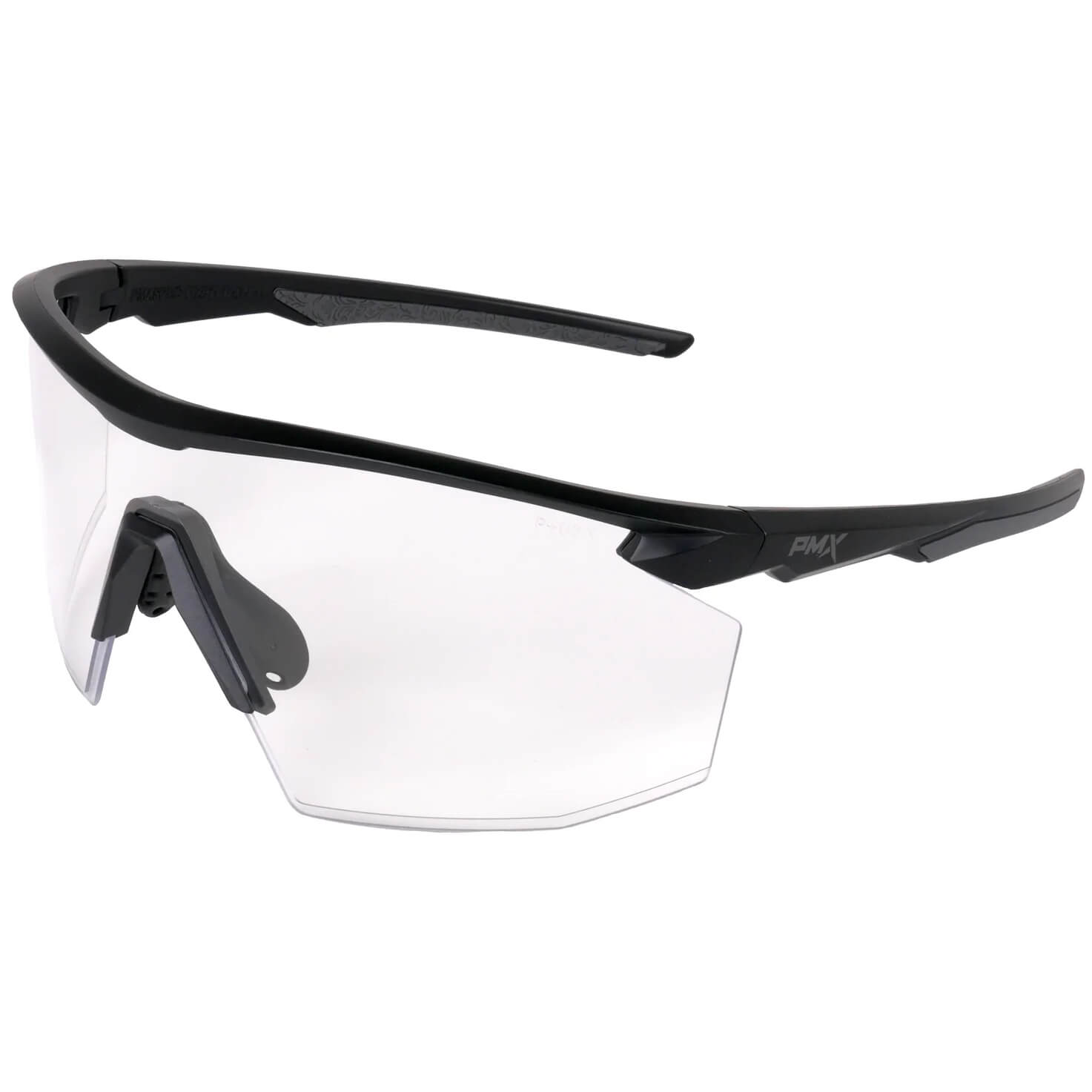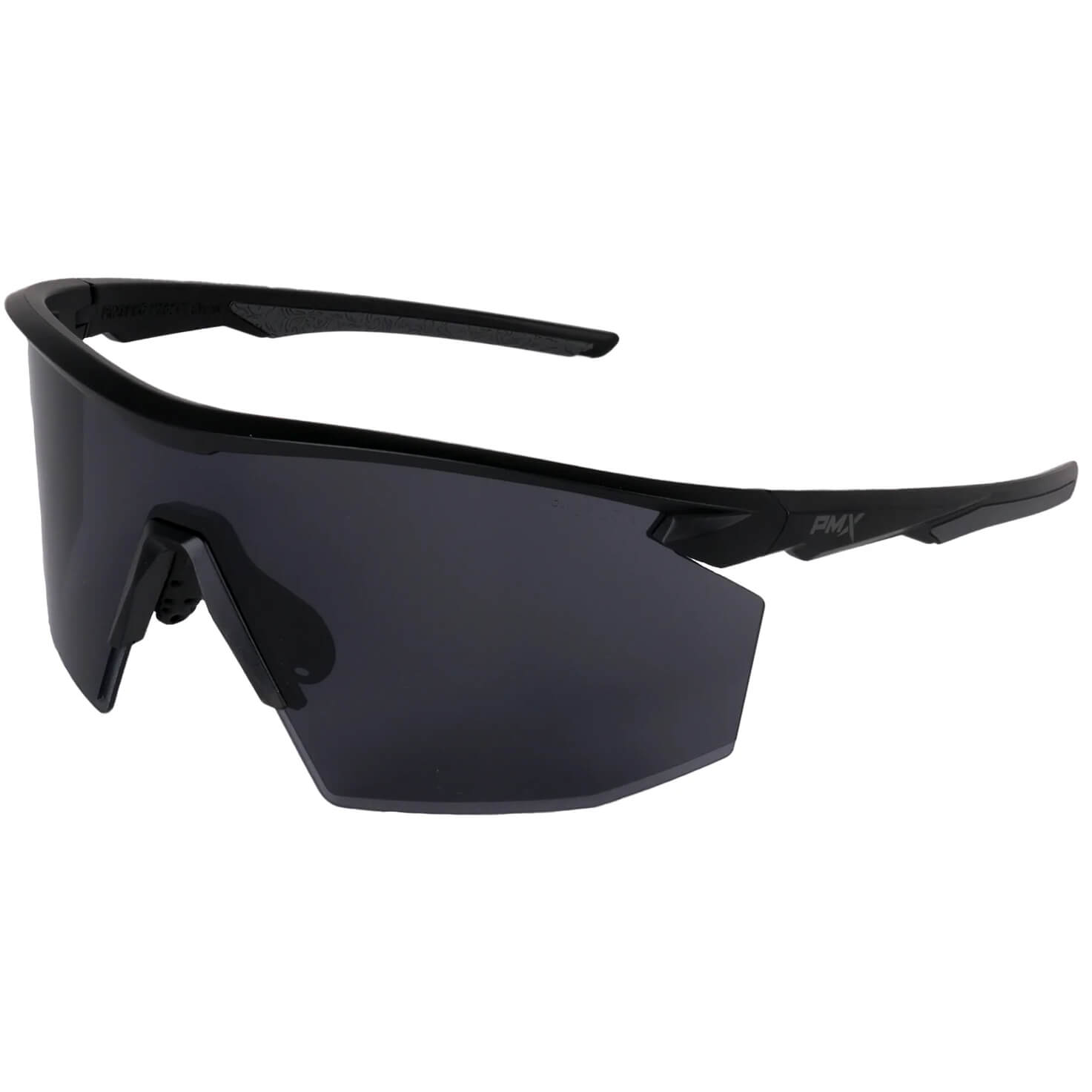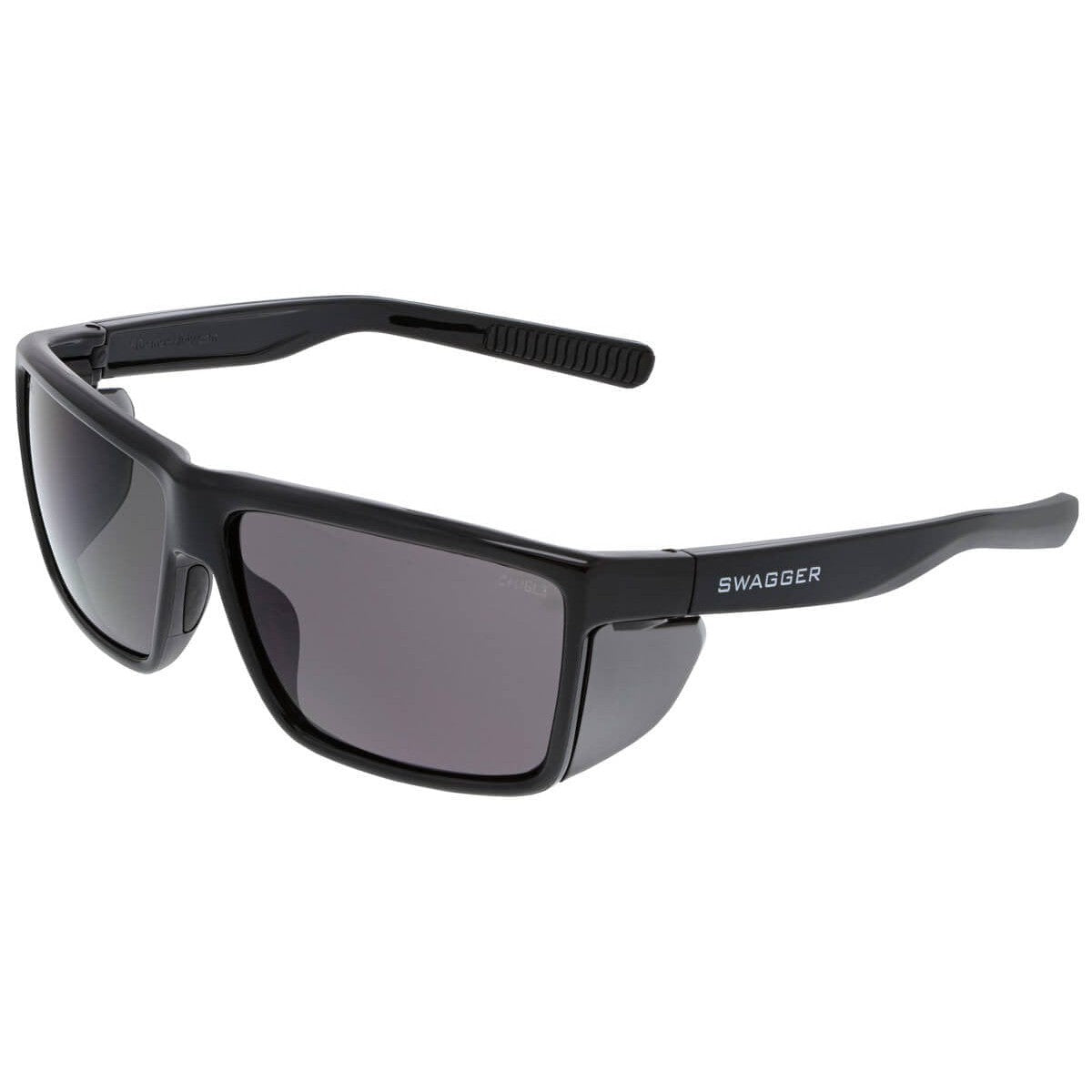Understanding Heat Safety
Heat presents a significant safety concern during summertime regardless of location. The concern exists with most activities in hot conditions. If temperatures are high, the likelihood of a heat illness looms. This is especially true with any type of prolonged exertion. Heat illness tends to strike hard if not deliberately prevented.
A heat illness happens when body temperatures rise to dangerous levels, and sweating is no longer enough to cool a person. Heat disorders range from the more mild type like heat rash and heat cramps to the more severe forms of heat exhaustion and heat stroke. Without treatment, each type can quickly increase in severity and progress to a life-threatening state.
According to the National Athletic Trainers' Association, heat stroke from exercise is one of the three leading causes of death in sports activities. Additionally...
"the incidence of heat stroke is rising in the United States as the leading cause of death and disability among high school students."
Athletes aren't the only individuals at risk for heat illness. Both indoor and outdoor workers such as firefighters, bakery workers, farmers, construction workers, miners, boiler room workers and factory workers exposed to extreme heat are susceptible to heat illness.
The good news is that heat illness is 100% preventable as well as 100% treatable if treatment is administered in time. Being prepared is key, and it involves giving priority to prevention.
Preventing Heat Illness
OSHA's tagline for its campaign to prevent heat illness in outdoor workers provides the best approach for preventing heat illness.
"Water. Rest. Shade. The work can't get done without them."
Since our bodies are made 80% of water, it's clearly important for not just optimal functioning but basic survival as well. Lack of water, called dehydration, is technically not a heat illness, but dehydration directly contributes to heat illness.
Dehydration occurs when you lose more fluids than you take in. The result is that your body doesn't have enough fluid to carry out normal bodily functions. Signs of mild dehydration include a dry, sticky mouth, tiredness, decreased urine output, dry skin, and headache.
Dehydration often happens when temperatures soar, and a person sweats but fails to drink enough liquid to replace lost fluids. Since signs of dehydration are not always visible, making a point to drink fluids steadily is an essential first step to preventing heat illness.
Hydration isn't always enough to ward off heat illness, though, especially when temperatures are exceptionally high. A person must also rest regularly to allow their body to catch up with its natural temperature regulation.
Even then, water and rest aren't always sufficient either. That's where shade comes into play. Time out of the direct heat better allows hydration and rest to cool the body than if a person stays in the heat.
Water, rest and shade work together to prevent heat illness. Use the following suggestions to help implement them.
10 Suggestions for Preventing Heat Illness
1. Keep cool air moving. This isn't always possible outside, but it can make a big difference inside.
2. Choose to clothe wisely. Wear lightweight, loose and light-colored clothing along with personal protective equipment (PPE) that doesn't prevent cooling. Look for PPE that comes with added ventilation that helps prevent overheating.
3. Drink water steadily before, during & after spending time in the heat even if you don't feel thirsty. This is especially important when exerting yourself since by the time a person feels thirsty, he is probably already dehydrated.
4. Fuel up regularly. Many foods can help a person cool off. But it's equally important to avoid foods that can keep the body from cooling properly. In "How to Prevent Heat Exhaustion with Food," Ana Cassis provides a description of the basic foods that can help a person stay hydrated and avoid heat illness.
5. Work steadily to minimize overexertion. Especially in extreme heat, exertion causes the body to become unable to cool itself. Working steadily at a slower pace can keep body temperatures down and allow you to actually get more work done, especially if you're hydrating and resting.
6. Take regular breaks to cool down. Resting gives your body's cooling system a chance to do its job without having to compete with extreme heat and physical exertion. Regular breaks in a shaded and/or cool area give it a chance to regulate temperature and for fluids to properly hydrate.
7. Consider risk factors. Those factors include young or old age, certain medications, and obesity. Use extra caution with exerting yourself in the heat when these factors are present.
8. Avoid sunburn. Sunburn inhibits the body's ability to cool itself. Wear sunscreen regularly.
9. Acclimate. Keep in mind that a person's body can take several weeks to get used to sudden spikes in temperature. Since that's not always possible, such as on vacation for example, at least wait a few days and be sure to follow the above tips for preventing heat illness.
10. Avoid exercise or strenuous activity in hot weather. When not possible, take frequent breaks, replenish fluids regularly and allow your body enough time to adjust.
A Dangerous Progression
Exposure to high humidity, high temperatures, and strenuous physical activity create conditions that all too often lead to heat illness. The above suggestions can help prevent these illnesses. Unfortunately, many only partially follow them and sometimes completely ignore them because of sheer focus on the task at hand or thinking they can handle the heat and stress.
Because not everyone always adheres to the necessary steps for prevention, whether by accident or not, knowing the signs of heat illness can help prevent a dangerous progression. This is addressed in "Basic Heat Safety, Part 2."

